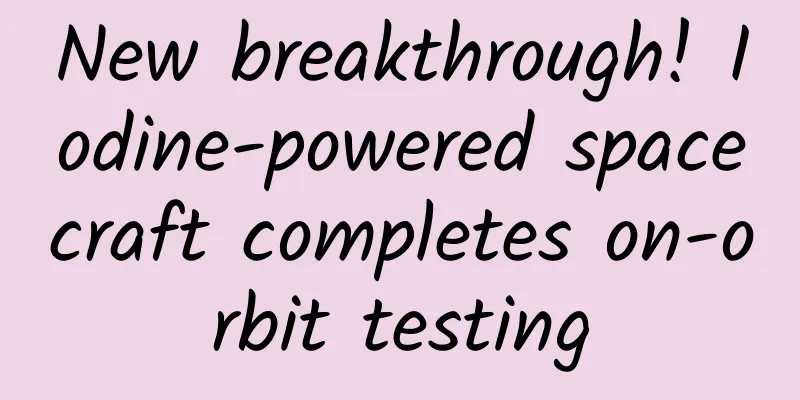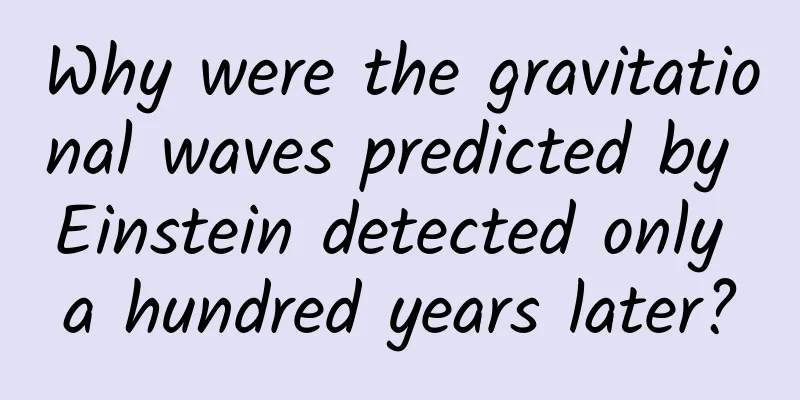New breakthrough! Iodine-powered spacecraft completes on-orbit testing

|
An engineering study published in the British journal Nature on the 18th pointed out that using iodine instead of more expensive and difficult to store xenon in electric propulsion systems may improve the performance of spacecraft. The results of the study highlight the advantages of iodine as an alternative propellant in the aerospace industry. Electric propulsion systems use electricity to convert propellant into thrust. Xenon is scarce, requires special pressurized equipment to store, and has high commercial production costs. In order to ensure the long-term sustainable development of the space industry, it is necessary to find an alternative propellant. One possible alternative is iodine, which is cheaper than xenon, has abundant production, and can be stored in a solid state. Iodine exists as a shiny purple-black solid under standard conditions, but as long as iodine is heated at low pressure, it will sublimate directly from a solid to a gas, making iodine a perfect and efficient fuel for ion thruster engines. Previously, iodine has been able to achieve higher efficiencies than xenon in ground tests, but there has been no report of a spacecraft that has completed orbital operations using a full iodine electric propulsion system. This time, a team of scientists from the French company ThrustMe reported that a small satellite using an iodine propellant system was successfully put into orbit. The principle of this test is that the propulsion system first heats solid iodine to sublime it into gas, and then the bombardment of high-speed electrons turns it into iodine ions and free electrons, and then the positively charged iodine ions are accelerated to the exhaust port and discharged, successfully pushing the target forward. A flight model of the NPT30-I2 iodine electric propulsion system ignites in a vacuum chamber. Image credit: ThrustMe The propulsion system pushed a 20 kg CubeSat satellite in space that was launched on November 6, 2020, and its maneuvering effect was confirmed by satellite tracking data. The research shows that iodine is not only a viable propellant, but also can achieve more efficient ionization than xenon. The researchers noted that this demonstration may accelerate the space industry's acceptance of alternative propellants, and also shows the potential for the application of iodine in a wide range of space missions. For example, iodine can significantly miniaturize and simplify propulsion systems, thereby obtaining small satellites and satellite constellations with new capabilities for deployment, collision avoidance and decommissioning. ◎ Science and Technology Daily reporter Zhang Mengran Source: Science and Technology Daily Editor: Zhang Shuang Reviewer: Wang Xiaolong Final review: Liu Haiying |
<<: Clams, mussels, cockles, and cockles... Do you know all the shells in the vegetable market?
>>: Teaching a fish to walk, can you scientists be more boring?
Recommend
What is Tongcao
Many people may not have heard of the name Tongca...
Can't eat anything if you have diabetes? Beware of malnutrition!
Image from: freepik.com According to data from th...
More than 10 billion QR codes are used every day around the world! Will they ever run out of them?
Every day we use a lot of QR codes, whether for t...
From "one bedroom and one living room" to "three bedrooms and one living room", how is the Chinese space station decorated?
China's space industry opens a new chapter in...
Aspartate aminotransferase
When doing a hepatitis B test, aspartate aminotra...
Don't miss it! The biggest supermoon of the year is coming soon
Supermoon (data map) Photo by Li Jianji According...
Do you believe it? Genes can "predict" a person's appearance
I saw an interesting question: If we take a perso...
The efficacy and function of the dragon
In today's society, health preservation seems...
What are the catalysts for artificial rainfall? Will the use of these catalysts affect the environment?
Did you know that salt has many uses? In addition...
The efficacy and function of dragon claw tree
Dragon claw tree is a common medicinal material i...
The efficacy and function of konjac
Konjac is a traditional Chinese medicinal materia...
The efficacy and function of Artemisia absinthium
Many people are not very clear about Artemisia ab...
What are the effects and functions of immortal grass
Speaking of the herb of immortality, I guess most...
The efficacy and function of American pokeweed
There are many types of Chinese medicine. When we...









